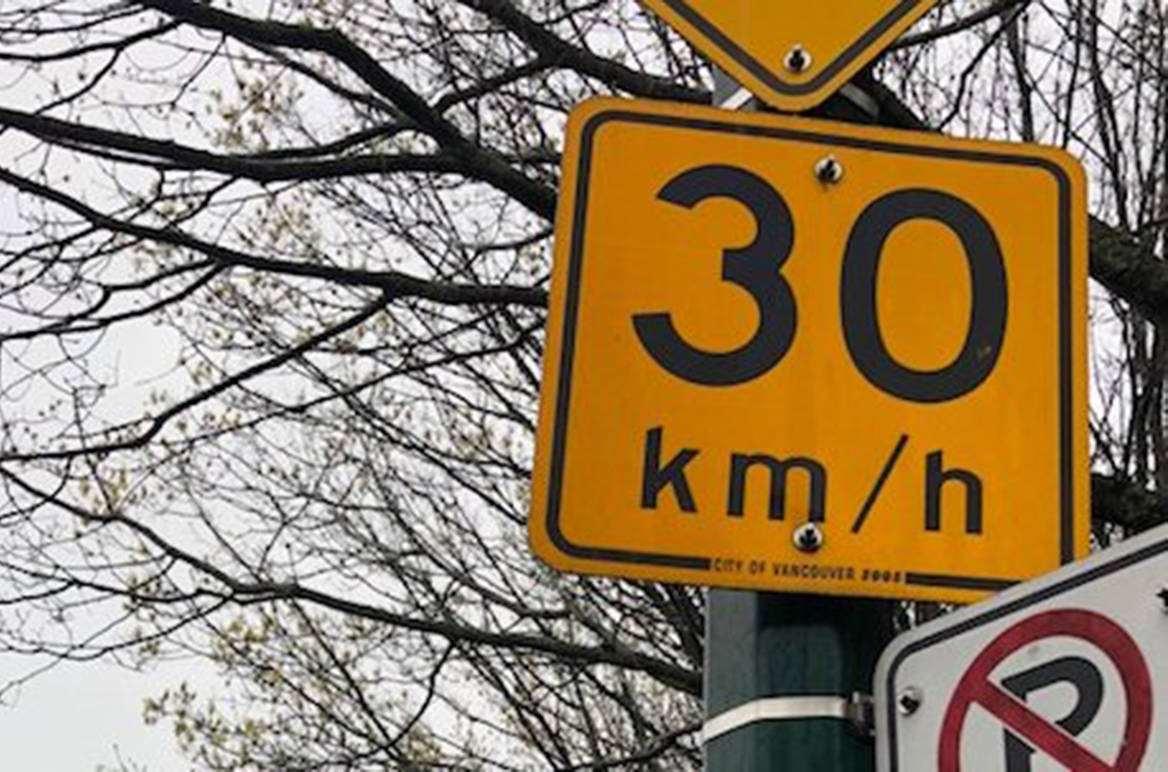


Texas speed limit law is governed by what is a basic speed law, which is also referred to as the Prima Facie Concept. There are also Maximum and Minimum Speed limits that must be obeyed at all times.
Texas Speed law states that you should never drive over the speed limit that is presumed to be safe. The safe speed limits posted are determined by traffic and engineering experts and you are encouraged to follow these recommendations. In Texas, citation for speeding is up to the discretion of a law enforcement officer. Adverse weather conditions affect the presumed safe speed limit. Under heavy traffic, safe speed is significantly reduced. You are advised to adjust your speed in accordance to the weather conditions at hand. From the standpoint of enforcement, the speed values shown are the maximum lawful prima facie speeds. An advisory speed sign servers to advise drivers of safe speeds that are recommended for certain roadway conditions, such as horizontal curves. You might be cited for exceeding the posted value of advisory speed zone on the grounds that you were driving at a speed that was not reasonable and prudent for the conditions existing at the time and location.
In Texas, all speed limits are considered prima facie limits. Prima facie limits are those limits that, “on the face of it,” are reasonable and prudent under normal conditions. To exceed a prima facie speed limit does not automatically constitute an infraction of the law, as reasonable and prudent driving behavior is, at times, possible at speeds in excess of the posted limit. However, the burden of proof of reasonable and prudent conduct under the existing conditions rests with the driver. To afford a driver this opportunity to exceed a prima facie speed limit recognizes the fact that any posted speed limit cannot adequately reflect the many different road conditions confronting the driver on the same highways at different times.
In Texas, the law sets the maximum speed at 70mph, but allows the Texas Transportation Commission to establish a maximum speed limit of 75mph, 80mph or 85 mph if the highway is designed to accommodate that speed and if that speed is determined to be safe and reasonable after a traffic or engineering study. It is illegal to drive over the prescribed speed limit.
| Maximum speed limits for all vehicles under different conditions | Speed Limit |
|---|---|
| Urban District | 30 mph |
| Alley | 15 mph |
| Beaches and County Roads adjacent to a public beach (if declared by the commissioners court of the county) | 15 mph |
Highway numbered by Texas or the U.S. outside an urban district including Farm to Market and Ranch to Market roads:
|
|
Highway not numbered by Texas or the U.S. and outside an urban district:
|
|
When driving on a freeway, you may receive a citation if you drive too slowly. Driving slowly results in blocking traffic. It there are signs of a minimum speed limit you must not drive your vehicle slower than that limit except as necessary for safety or unfavorable conditions.